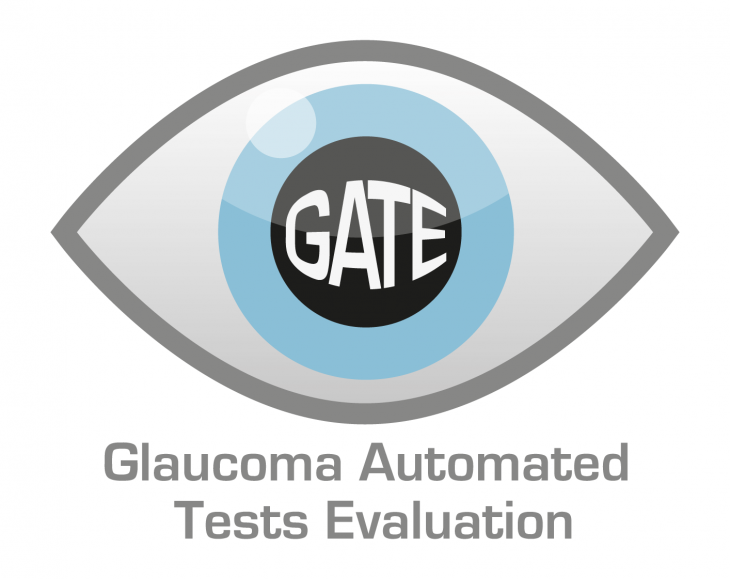
The diagnosis of glaucoma is challenging for health professionals. Many healthy subjects are unnecessarily referred from the community to hospital eye services to rule out glaucoma.
The GATE study, funded by NIHR-HTA, evaluated the diagnostic performance of imaging tests at identifying, among patients referred to hospital, those who have glaucoma or are at risk and those who do not have any eye disease. Participants were imaged with four new diagnostic tests: MRA and GPS analysis using the Heidelberg Retina Tomograph (HRT-III), Scanning laser polarimetry (GDx-ECC) and Optical Coherence Tomography (Spectralis). We compared the imaging results with a clinical diagnosis of glaucoma by an experienced consultant ophthalmologist (reference standard). An economic modelling evaluation assessed the cost-effectiveness of adopting imaging as a triage test compared to current practice.
In total, 955 individuals were recruited. Glaucoma was diagnosed by the clinician in 17% of participants and no evidence of glaucoma was found in 32% of participants. Overall, 38% of GATE participants were discharged from secondary care after their first visit to hospital eye services.
Performance of the imaging tests in diagnosing glaucoma differed. HRT-MRA had the highest sensitivity [87.0%, 95% confidence interval (CI) 80.2% to 92.1%] but the lowest specificity (63.9%, 95% CI 60.2% to 67.4%), GDx had the lowest sensitivity (35.1%, 95% CI 27.0% to 43.8%) but the highest specificity (97.2%, 95% CI 95.6% to 98.3%) and the other two tests provided intermediate results (HRT-GPS sensitivity 81.5%, 95% CI 73.9% to 87.6% and specificity 67.7%, 95% CI 64.2% to 71.2%; OCT sensitivity 76.9%, 95% CI 69.2% to 83.4% and specificity 78.5%, 95% CI 75.4% to 81.4%).
The study concluded that automated imaging can be effective to aid glaucoma diagnosis among individuals referred from the community to hospital eye services. An alternative pathway for patients referred from community to hospital eye services with possible glaucoma, using a triage test that includes imaging, IOP and VA, appears to be cost-effective compared with current practice.
Contacts
- HSRU email; hsru@abdn.ac.uk
Status
CompletedPublications
Azuara-Blanco, A, Banister, K, Boachie, C, McMeekin, P, Gray, J, Burr, J, Bourne, R, Garway-Heath, D, Batterbury, M, Hernandez, R, McPherson, G, Ramsay, C, R.,Cook, JA. Automated imaging technologies for the diagnosis of glaucoma: a comparative diagnostic study for the evaluation of the diagnostic accuracy, performance as triage tests and cost-effectiveness (GATE study). Health Technol Assess 2016;20:8.
Banister, K, Boachie, C, Bourne, R, Cook, JA, Burr, J, Ramsay, C, R., Garway-Heath, D, Gray, J, McKeekin, P, Hernandez, R,Azuara-Blanco, A. Can automated imaging with HRT for disc and GDx-ECC and Spectralis OCT for retinal nerve fiber layer analysis aid glaucoma detection? Ophthalmology 2016;123(5):930-8.
